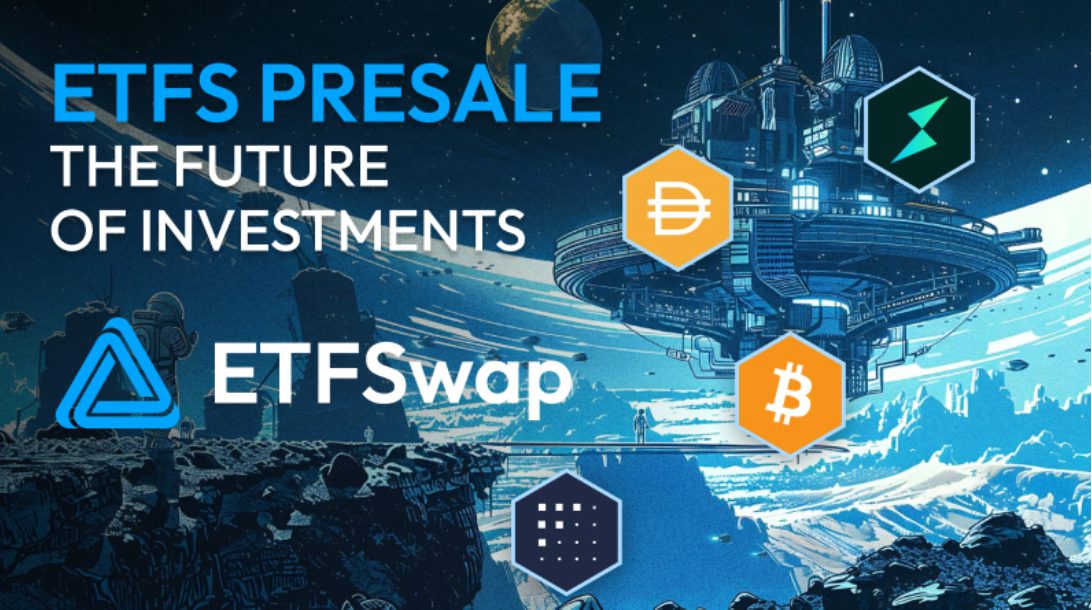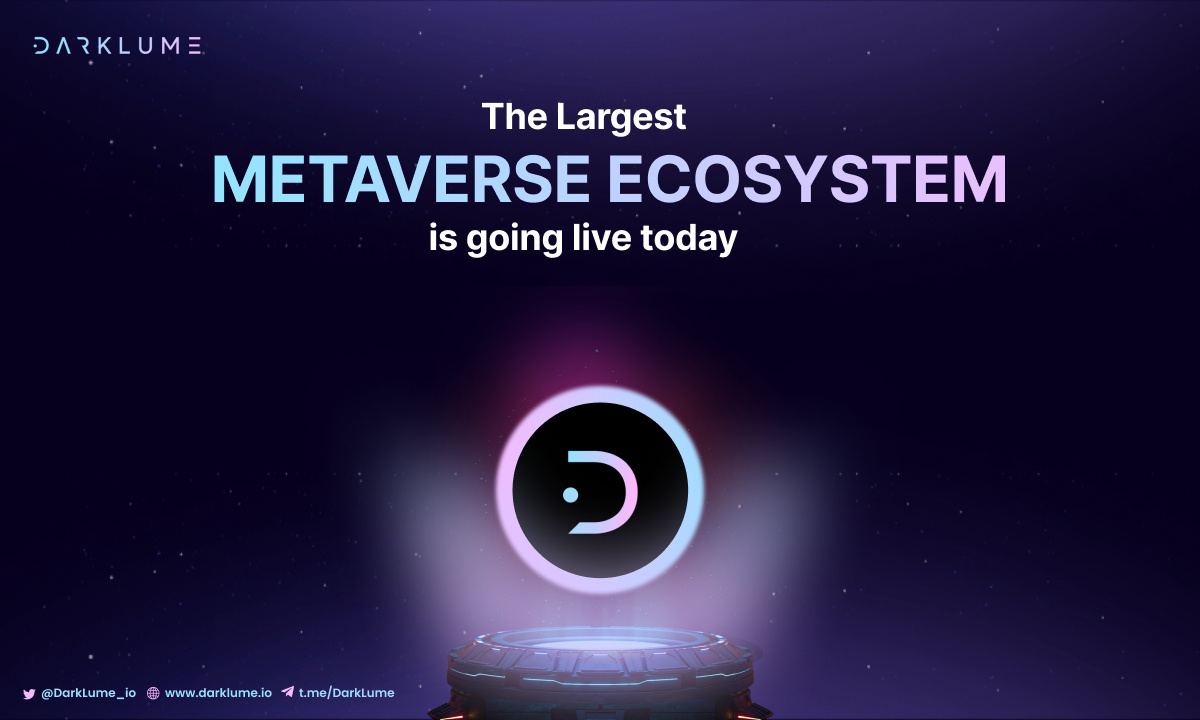How Does ZeroSync Help Bring ZKPs Technology To Bitcoin Network?
Key Points:
- ZeroSync has already created a functional prototype that enables users to authenticate the current state and transaction history of the Bitcoin blockchain without having to download the complete chain or rely on a third party.
- While the prototype can validate Bitcoin consensus rules, it cannot validate transaction signatures.
- ZeroSync takes Satoshi’s suggestion a step further by confirming transactions using cryptographic evidence rather than just trusting honest nodes.
Zero-knowledge proofs (ZKPs) have been debated in the crypto community for over a decade. Even Satoshi Nakamoto was aware of them as a primitive that might be exploited, and the concept of incorporating them into Bitcoin was explored as early as 2010 while they were still functioning.
What would happen if Bitcoin implemented zero-knowledge proofs? How would the Bitcoin network communicate with users if the status of the chain could be checked quickly without downloading block data or depending on third parties?
ZeroSync, a newly announced initiative, is leading the creation of a Bitcoin proof-of-concept system.
The Swiss non-profit ZeroSync Association and Bitcoin infrastructure firm Blockstream has announced plans to broadcast Bitcoin zero-knowledge proofs – a type of cryptography that has emerged as one of the year’s hottest blockchain-tech trends – from Blockstream’s satellite, assisting in the development of a Bitcoin future with properties such as privacy, interoperability, and scalability.
What is ZeroSync?
Three German computer scientists have founded the ZeroSync Association in Switzerland to aid in the scaling of Bitcoin via the use of zero-knowledge proofs (zk-proofs), a cryptographic approach that has risen in favor of competitor chain Ethereum.
Cryptography is used in zero-knowledge proofs to show the validity of information without exposing the information itself. Utilizing a zk-proof to verify the Bitcoin blockchain allows nodes to sync very immediately rather than needing hours (or even days) to download the chain’s current 500GB of data.
ZeroSync built a functional prototype in February of this year that enables users to authenticate the status (who owns what right now) and transaction history of the Bitcoin blockchain without downloading the complete chain or relying on a third party.
The prototype is capable of validating Bitcoin consensus rules but not transaction signatures. It’s also a little awkward and has to be tuned for speed and security, so it’s not quite ready for prime time yet, but the key thing is that it works.
Geometry and StarkWare, two companies intimately committed in zero-knowledge privacy technologies, are funding the development of ZeroSync. Tom Walton-Pocock, the former CEO of Aztec Network, is the head of Geometry. ZeroSync’s early development was funded by a research grant. OnlyDust, StarkWare’s open-source effort, also offers development funds for the development.
In the Bitcoin blockchain, light clients, also known as simple payment verification (SPV) nodes, have always existed. Satoshi Nakamoto, in fact, described the notion in his initial whitepaper. These are crucial for tiny devices that cannot download the complete blockchain, such as mobile phones.
ZeroSync’s proof systems
Succinct zero-knowledge proofs promise to usher in a new era of blockchain scalability and privacy. Although a significant technical effort is being invested in the Ethereum community to deploy this technology, no such investment has yet been made for the Bitcoin network. As a result, ZeroSync was founded in order to introduce these proof mechanisms to Bitcoin for the first time.
It is computationally costly to prove hundreds of terabytes of blockchain history, yet our reduction results in a highly compact proof. After a proof is created, any number of nodes in the network may utilize it to quickly sync with the network. Proofs are concise, regardless of the length of the chain. Every prover may progressively extend the previous chain proof when the new block is mined.
ZeroSync is committed to implementing concise ZK proofs on the Bitcoin blockchain, generating ZK proofs for the Bitcoin network using StarkWare’s proprietary zero-knowledge scalable transparent knowledge proof (zk-STARK) validity proof, and being able to instantly verify the latest state of the blockchain without downloading block data or relying on third parties. ZeroSync also uses StarkWare’s Cairo language to build Bitcoin proofs.
Proof systems complement Bitcoin’s immutability effectively. They enable the chain to be compressed and supplemented with new data structures, such as a UTXO set commitment, without needing any consensus modifications. Users may choose whether to utilize proof or traditional bootstrapping. On top of Bitcoin’s strict foundation layer, ZKP systems provide significant flexibility and present a variety of unique applications for research.
How is ZeroSync implemented on Bitcoin?
ZeroSync provides chain proofs in three stages: headers chain proofs, theoretically valid chain proofs, and full chain proofs, the first two of which ZeroSync has finished prototypes.
The first evidence that the ZeroSync team is working on, which should be available by now, addresses block header validity. It verifies that each block in the chain properly satisfies the difficulty criterion at the moment, and it monitors each difficulty adjustment to guarantee that each block matches the right goal. This will also significantly impact the Simple Payment Verification (SPV) wallet architecture.
The proof-of-headchain solely checks block headers, proof-of-work, and difficulty changes, augmented with a Merkle tree on all block headers to offer concise proofs of inclusion for all blocks and transactions. It is distinguished by its small weight and low computational cost.
The second proof focuses on the actual validity of the contents of the block, however, like Bitcoin Core’s Assume Valid function, it does not verify the validity of the witness data.
It will examine and verify transaction size limits, currency inflation rules, and other witness data, but it will not offer assurance that signatures, hash locks, and other witness data are right. Conversely, this proof will use Utreexo to include the UTXO established at each block height into the overall ZKP procedure for the chain.
Finally, the final proof will use both the ZKP for the block headers and the ZKP for Assume Valid to prove the validity of every piece of witness data in the historical chain. Technically, a node employing the final ZeroSync proof system will be able to bootstrap with a single proof and a UTXO set with a better verification model than Bitcoin Core by default.
All Bitcoin consensus rules, including signature information, are verified via Full Chain Proof. As a result, the evidence will be rather pricey.
Moreover, ZeroSync will issue a developer toolkit to assist developers in incorporating zero-knowledge proofs into their businesses or services. Specific application scenarios include but are not limited to, Bitcoin exchanges disclosing payment ability to their customers without disclosing specific balance or transaction history information; proofs can transform or filter blockchain data and create indexes for efficient queries; proofs can be more easily extended and customized due to their composability; no or less trust Cross-chain interoperability and more; sell proof data with Zero-Knowledge Contingent Payments.
In summary, ZeroSync will not only allow for rapid verification of the chain’s state, but will also, ideally, usher in a paradigm change in Bitcoin’s scalability, interoperability, and privacy. Of course, there remain obstacles in terms of security improvement and proof performance in order to develop a production-grade Bitcoin proof.
Conclusion
ZeroSync accelerates the process of integrating ZKP technologies into Bitcoin’s primary layer. In Bitcoin, a proof verifier provides a number of important new features like validity rollups, trustless two-way pegs, and complete transaction privacy. ZKPs have the potential to be a highly powerful tool for Bitcoin even if they are not included in the consensus layer or used to lock and spend Bitcoin.
DISCLAIMER: The Information on this website is provided as general market commentary and does not constitute investment advice. We encourage you to do your own research before investing.
Join us to keep track of news: https://linktr.ee/coincu
Harold
Coincu News
























